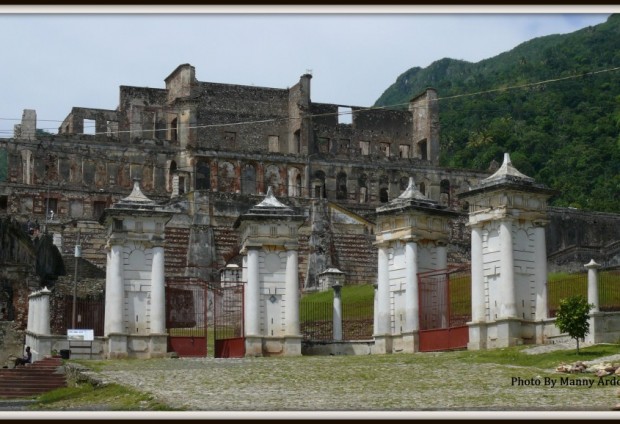The piece by Mr. Pierre is misleading in its broad-brush characterization of the bourgeoisie of the South as one dominated by the mulatto and color prejudice.
In the case of Les Cayes, which was one of the more important cities of what was called then the South and where I grew up, the bourgeoisie was genuinely mixed. I will mention a few of the family names — Adrien, Banatte, Barateau, Bayard, Benoît, Blaise, Blanchet, Bonnefil, Bourgeois, Bourjolly, Buteau, Caillé, Castel, Chalviré, Chevalier, Condé, Damas, Déjoie, Delerme, Dennery, Duperval, Fouron, Groin, Guerdès, Hall, Hippolyte, Jannini, Jeannot, Jolivert, Josselin, Kansky, Labastille, Labossière, Larrieux, Larco, Ledan, Léger, Léon, Limousin, Loubeau, Martelly, Médard, Moreille, Neptune, Numa, Piard, Pierre, Pilorge, Pressoir, Rousseau, Saint-Joie, Sansaricq, Scutt, Sicard, Simon, Smarth, Sorel, Staco, Sylvain, Taverne, Théard, Thomas, etc.– and stress that these people came in all shades of skin color and facial features. It would be incomplete not to mention the fact that many Syrian families — Assali, Georges, Issa, Khouri, Moïse, Saliba, Soucar — joined that bourgeoisie starting in the 1940s.
They all attended social functions at the Club Militaire and Club Juvenia while their children attended the Club Areyto. Officers of the Haitian Army — from lieutenant on up whatever their pigmentation or social origin — attended both clubs. Their children attended Madame Sylvain’s school as well as l’Ecole des Frères and l’Ecole des Soeurs.
There were, of course, differences in these people’s wealth and income: some of the families had substantial businesses, others were relatively large land owners, many were professionals, and a number of them people of modest means with a family name. Contrary to analysts with a Marxist mindset — I am not attributing such an interpretation to Mr. Pierre! — this bourgeoisie did not involve people of great wealth such as the Rockefellers, Mellons or Kennedys and not even the Brandts, Nadals or Madsens. Collectively they did not behave as class with a sense that they could impose their views and choices on the government; by and large they behaved as though they were the powerless victims of the government’s incompetence, incoherence and corruption, and complained bitterly and endlessly about it.
I should add that they all spoke French although with a few exceptions the language of usage, especially among men, was Creole once they got past the salamalecs as the French would put it.
Of course, there were tensions within that class mostly because of the obvious disparity in wealth and income, political differences at election times in 46, 50 and 57, and to a lesser extent the tenacious preference for straight hair and nose, thin lips and yon ti koulè at marriage time — a preference found in all strata of Haitian society not just in the bourgeoisie I dare say. The latter was a result of the fact that all of our models of beauty came from abroad. That class read Paris Match, Elle and to a minor extent Time Magazine. Ebony was unheard of in these days.
All in all, however, this was not a situation tantamount to Apartheid!
I will leave it to others to talk about the situation in Jacmel and Jérémie, the two other cities that historically belonged to the South.
To conclude the description above applies to a society that no longer exists, the remnants of which can be found in Port-au-Prince, Kendall, Plantation, Montréal and NYC. This is true of all provincial towns in Haiti. In my humble opinion this massive migration (including a black majority not of the bourgeoisie) — triggered in part by the Duvalierist tidal wave — amounted to a great loss for the country for these folks, whatever their foibles, constituted a great asset that has not been truly replaced.
Max Blanchet
July 22, 2007



No comments yet.